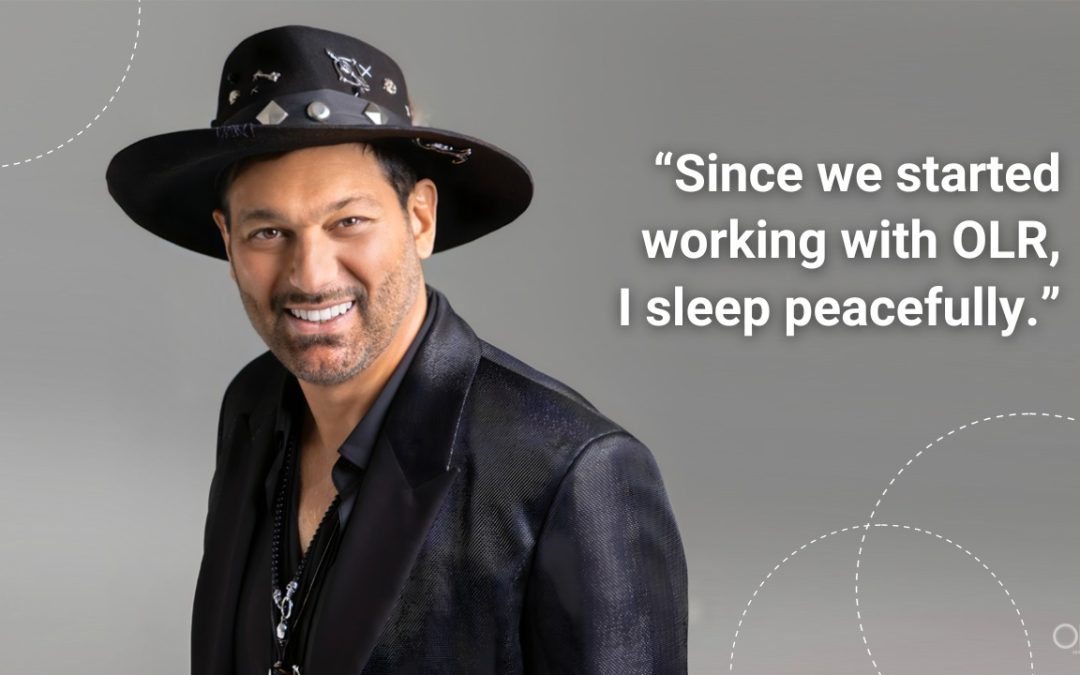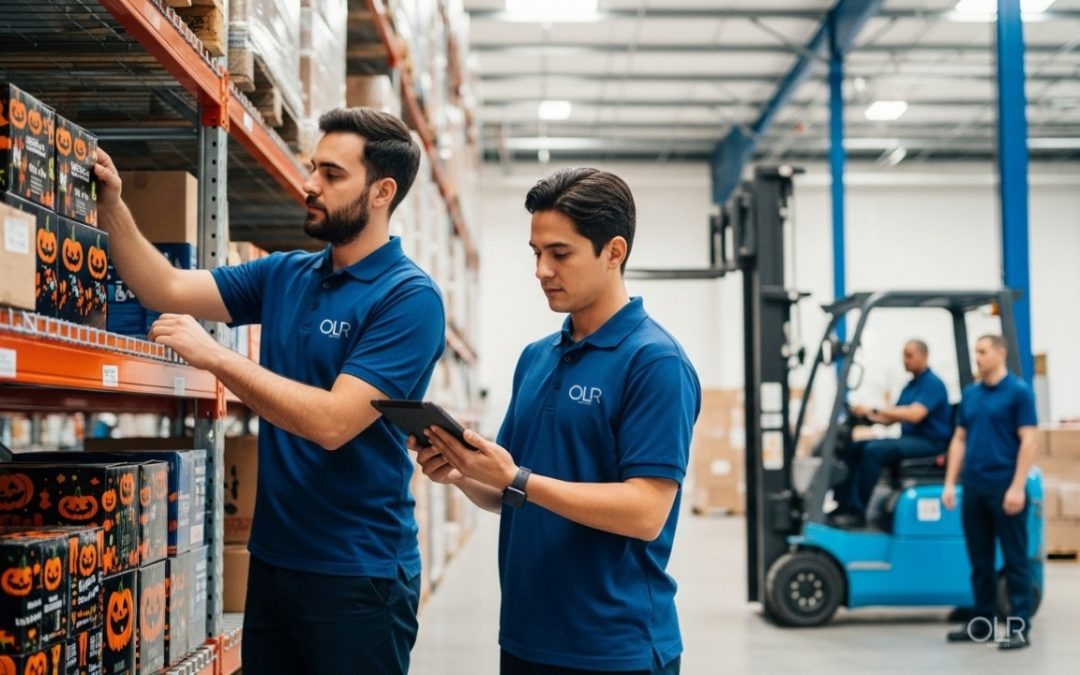When it comes to shipping and distribution, the difference between profit and loss often comes down to how efficiently you move your goods. Two common strategies — cross-docking and transloading — are at the center of that efficiency conversation.
But which one is right for your business?
In this post, we break down:
- What cross-docking and transloading actually mean
- When and why each strategy is used
- The pros and cons of each
- How OLR offers both with precision to help your business scale
Let’s dive in.
What Is Cross-Docking?
Cross-docking is a logistics practice where inbound goods are unloaded from one truck, briefly sorted, and directly loaded onto outbound trucks — with little to no storage time.
In other words: you skip the warehouse.
This method is all about speed and flow. Goods arrive, get redirected, and leave the same day or within hours — often without ever sitting on a shelf.
Common use cases:
- Retailers replenishing inventory fast
- Perishable or temperature-sensitive products
- High-volume e-commerce with predictable demand
- Time-critical shipments (e.g., medical, electronics)
What Is Transloading?
Transloading involves transferring goods from one mode of transportation to another — typically from container ships to trucks or rail, or vice versa.
It’s commonly used at ports or inland transfer hubs where cargo needs to be unpacked from international containers and reorganized for domestic delivery.
Unlike cross-docking, transloading may involve short-term storage during the reconfiguration process, especially when customs clearance, documentation, or inventory sorting is involved.
Common use cases:
- Import/export operations
- Businesses shipping through major ports
- Freight that needs to switch from ocean to land transport
- Companies consolidating or breaking bulk shipments
Cross-Docking vs. Transloading: Key Differences
| Feature | Cross-Docking | Transloading |
| Purpose | Speedy flow of domestic goods | Transfer between transport modes |
| Involves storage? | No or very minimal | Yes, short-term if needed |
| Ideal for | Time-sensitive, high-turnover goods | Imports/exports and multimodal shipments |
| Cost impact | Lower storage costs, higher coordination | Moderate cost, more flexible routing |
| Common location | Distribution centers | Ports or intermodal facilities |
The Pros and Cons
Cross-Docking
✔ Pros:
- Fast delivery to end customer
- Low inventory carrying cost
- Ideal for high-demand, fast-moving SKUs
✘ Cons:
- Requires high coordination
- Not suitable for irregular or unpredictable inventory
- Not ideal for high-SKU or bulky shipments
Transloading
✔ Pros:
- Facilitates international shipping
- Greater flexibility in routing
- Enables container optimization and cost control
✘ Cons:
- May involve added handling
- Can incur short-term storage costs
- Requires customs and compliance coordination
So… What’s Best for Your Business?
Here’s the short answer: It depends on your flow.
If your business ships high-volume, domestic, time-sensitive goods — cross-docking may be the way to go.
If you’re importing products into the U.S. and need to transfer between ocean freight and trucking, transloading is essential.
In many cases, growing companies need both at different stages of their logistics cycle — and that’s where flexibility becomes your biggest asset.
How OLR Handles Both — with Precision
At OLR, we offer both cross-docking and transloading from our strategically located warehouse in Florida — with smart processes and tech to keep your goods moving.
Here’s what sets us apart:
✅ Real-time tracking and inventory visibility
✅ Bonded warehouse space for deferred customs clearance
✅ Temperature-controlled and dry handling zones
✅ Fast turnarounds and 24/7 dock scheduling
✅ Experienced team ready to handle high-volume handoffs
Whether you’re launching your brand in the U.S. or scaling your delivery network across the southeast, OLR’s facilities are designed to optimize every handoff.
Why It Matters Now
In a post-pandemic, tariff-shifting, e-commerce-fueled world, how you move goods matters more than ever.
Choosing the right shipping strategy:
- Improves delivery speed and customer satisfaction
- Lowers inventory and transport costs
- Reduces risk of congestion or delays
- Gives you control over global-to-local distribution
By partnering with OLR, you don’t have to choose one over the other — you get a logistics partner who does both, and does them right.
Let’s Simplify Your Flow
Still not sure which strategy is best for your operations?
Let’s talk! Get a free quote today! 👉 logistics@olrservices.us






